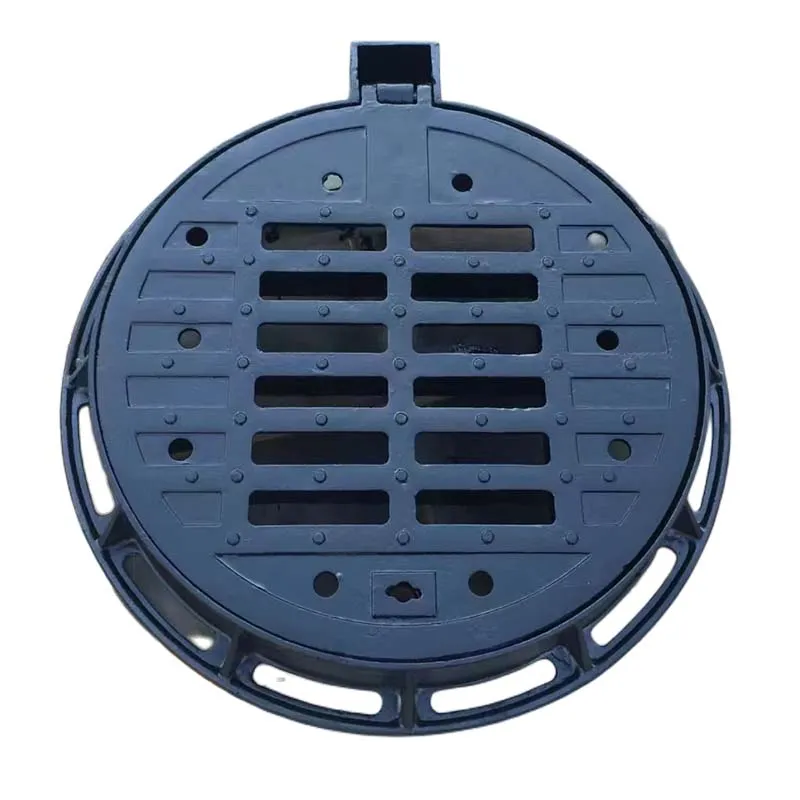iso2531/en545
Understanding ISO 2531 and EN 545 Standards for Ductile Iron Pipes
In the realm of water supply and sewage systems, the integrity and durability of materials used are vital for ensuring a reliable infrastructure. Two prominent standards that govern the specification, design, and testing of ductile iron pipes are ISO 2531 and EN 545. Both standards provide essential guidelines to guarantee the quality and performance of ductile iron pipes used in various applications, including potable water, wastewater, and industrial water systems.
Overview of ISO 2531
ISO 2531, published by the International Organization for Standardization (ISO), specifically focuses on the requirements for ductile iron pipes intended for use in water supply and sewage. The standard applies to pipes with a nominal diameter ranging from 80 mm to 2000 mm and establishes criteria for the mechanical properties, chemical composition, and dimensional tolerances of the pipes.
One of the key aspects of ISO 2531 is its emphasis on the quality of the materials used. Ductile iron, known for its exceptional strength and resistance to corrosion, undergoes rigorous testing to ensure it meets the specified mechanical properties such as tensile strength, yield strength, and elongation. Additionally, the standard outlines the necessary protective coatings and linings that enhance the pipe's durability and lifespan when exposed to various environmental conditions.
Overview of EN 545
Similarly, EN 545 is a European standard that outlines the specifications for ductile iron pipes for the conveyance of drinking water and wastewater. This standard is harmonized within the European Union framework, ensuring that products meet consistent quality and safety requirements across member states. EN 545 is closely aligned with ISO 2531, but it also incorporates regional considerations and additional testing requirements that may be necessary under European regulations.
iso2531/en545

EN 545 emphasizes aspects such as performance under pressure, resistance to external mechanical forces, and the longevity of the pipes in various soil and water conditions. The standard includes specific requirements for the manufacturing processes of ductile iron pipes, ensuring that they are produced under controlled conditions to achieve the desired performance characteristics.
Importance of Compliance
Compliance with ISO 2531 and EN 545 is crucial for manufacturers, engineers, and municipal authorities when planning water supply and waste management systems. Adhering to these standards not only ensures that the pipes will perform effectively over their intended lifespan but also mitigates the risk of costly repairs and replacements due to failures or defects.
Moreover, these standards provide a benchmark for quality that can reassure stakeholders, including government agencies, contractors, and the public, about the reliability of infrastructure projects. The certification processes for pipes under ISO 2531 and EN 545 also facilitate trade and procurement across international borders, as compliance signifies that the products meet recognized quality standards.
Conclusion
In conclusion, ISO 2531 and EN 545 serve as critical frameworks for the production and application of ductile iron pipes in water supply and sewage systems. Their specific requirements for material quality, mechanical properties, and manufacturing processes ensure that these pipes can withstand the various challenges presented by environmental conditions and operational demands. For engineers, manufacturers, and regulatory bodies, adherence to these standards is essential not only for ensuring the longevity and safety of critical infrastructure but also for promoting trust and reliability in public health and environmental protection efforts. As water and waste management systems continue to evolve, the significance of these standards remains paramount in fostering sustainable and resilient infrastructure.
-
The Smarter Choice for Pedestrian AreasNewsJun.30,2025
-
The Gold Standard in Round Drain CoversNewsJun.30,2025
-
The Gold Standard in Manhole Cover SystemsNewsJun.30,2025
-
Superior Drainage Solutions with Premium Gully GratesNewsJun.30,2025
-
Superior Drainage Solutions for Global InfrastructureNewsJun.30,2025
-
Square Manhole Solutions for Modern InfrastructureNewsJun.30,2025
-
Premium Manhole Covers for Modern InfrastructureNewsJun.30,2025
